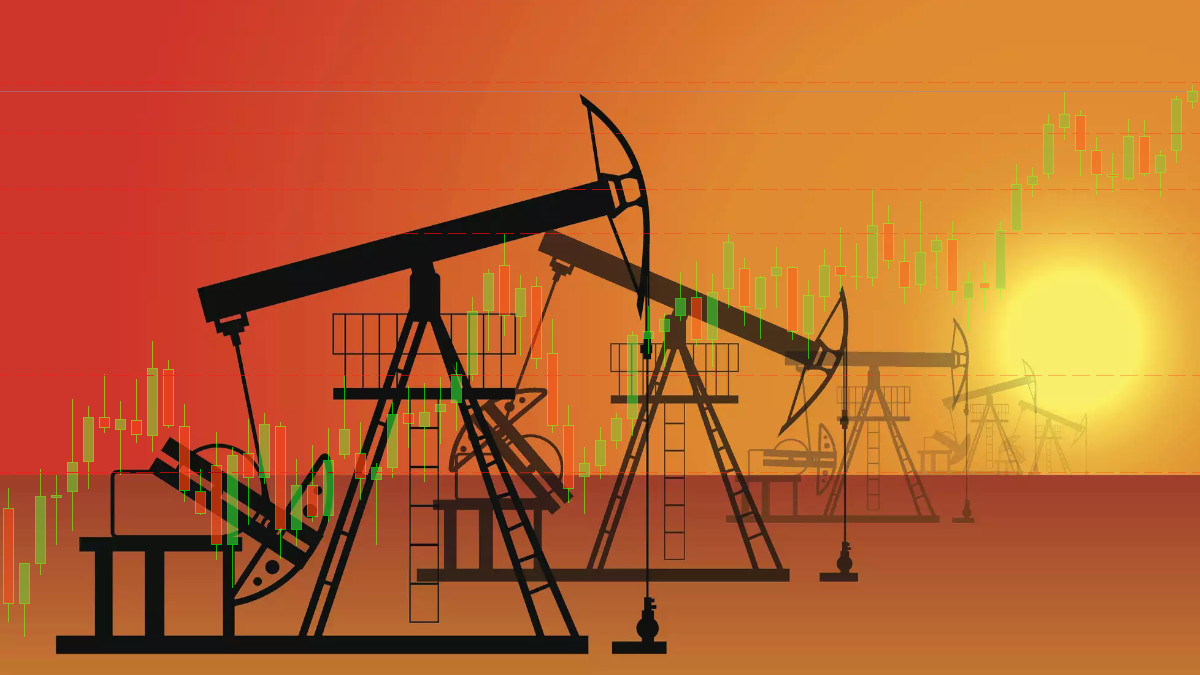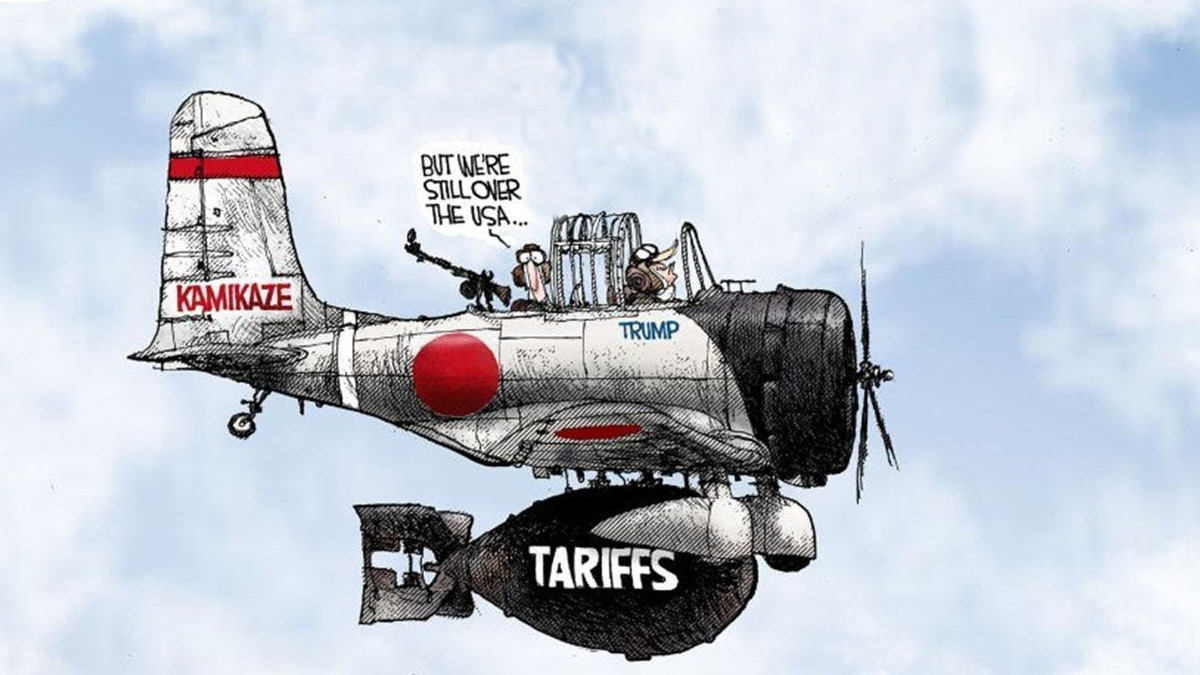Why Oil Prices Are Rising: Factors Driving the Surge

Oil prices have been steadily climbing for the past three months, and that trend shows no signs of stopping as we enter April. This latest upward movement, driven by a combination of factors, could lead to tighter supplies and potentially higher prices for consumers in the coming months.
Oil Price News
- OPEC+ Tightens Oil Production: OPEC and its allies, known collectively as OPEC+, have opted to extend production cuts through June. This move will limit the amount of oil circulating in the global market, particularly during the busy summer driving season when demand typically peaks.
- Disruptions in Russia: Drone attacks from Ukraine damaged several Russian refineries. These facilities are essential for transforming crude oil into usable fuels like gasoline and diesel. Unfortunately, this has further restricted the availability of these fuels for export.
- China's Manufacturing Sector Accelerates: The global energy market received a jolt with positive news from China. After a period of slower growth, China's manufacturing sector has shown signs of life - PMI rose to 50.8 in March from 49.1 in February, expanding for the first time in six months. This indicates a potential rise in China's demand for oil, a key fuel for industrial activity.
- US Oil Production Takes a Dip: United States, the world's leading oil producer, experienced a decline in crude oil production in January compared to December. This decrease further tightens the global supply of oil.
Oil Market Analysis
The current situation in the oil market can be explained by simple supply and demand. On the supply side, there are fewer barrels of oil available due to factors like OPEC+ production cuts and disruptions in Russia. At the same time, demand for oil might increase with China's economic recovery. With less supply and potentially more demand, competition for oil intensifies, which could lead to a rise in oil prices.
Oil prices continued their upward trend on Monday, extending gains from the previous week. This bullish sentiment is based on expectations of tighter supply due to several factors.
The decision by OPEC and its allies (OPEC+) to extend production cuts till June is likely to limit crude oil supply, particularly during the peak summer demand season in the Northern Hemisphere. Drone attacks on Russian refineries have taken significant processing capacity offline, impacting their ability to export fuels like gasoline and diesel. A 6% drop in US crude oil production in January compared to December further tightens global supply.
Conclusion
The current oil market is characterized by tightening supply and signs of improving demand. While a potential global economic slowdown and the ongoing situation in Ukraine pose uncertainties, the near-term outlook for oil prices is bullish. Before starting trading, you should carefully consider your risk tolerance and goals.
Good Luck!







